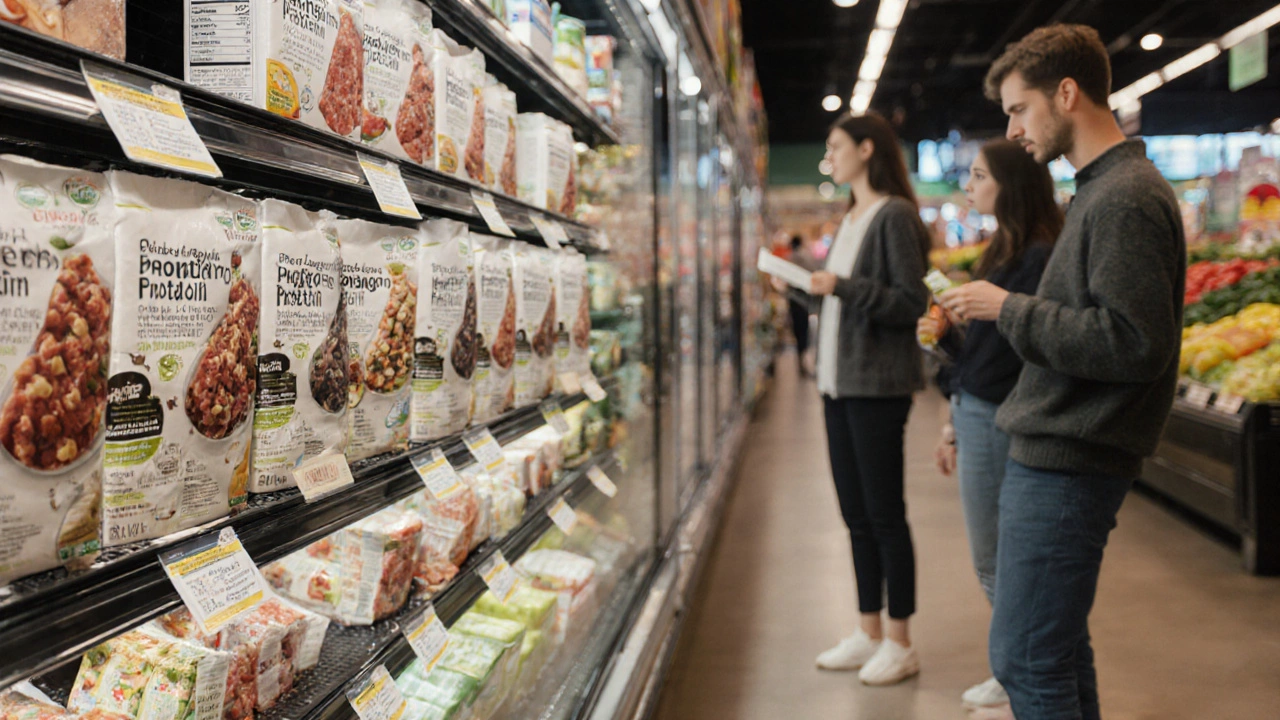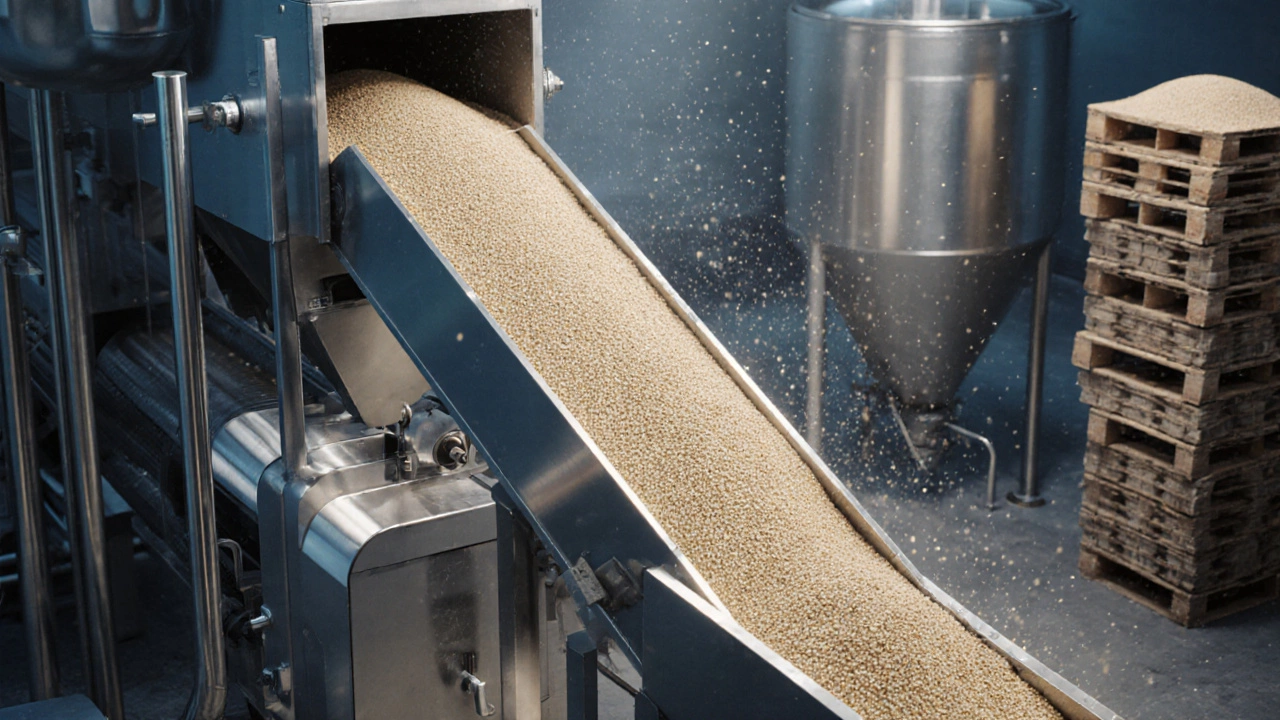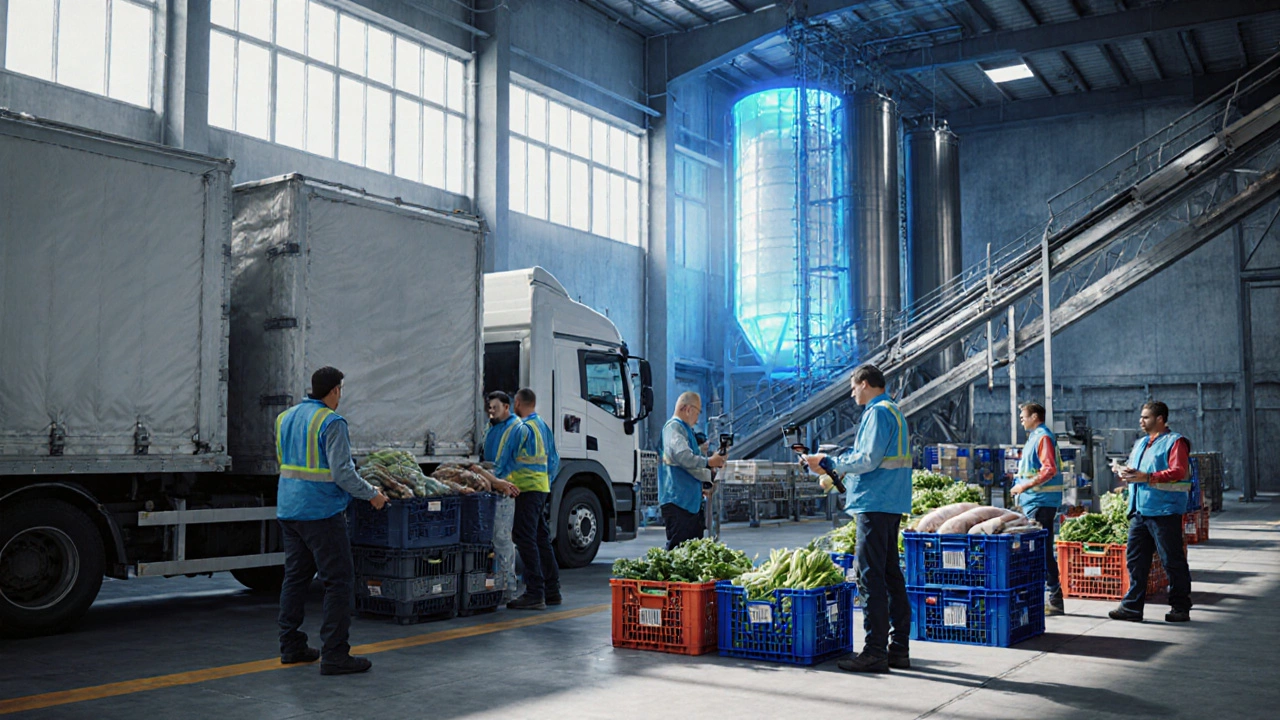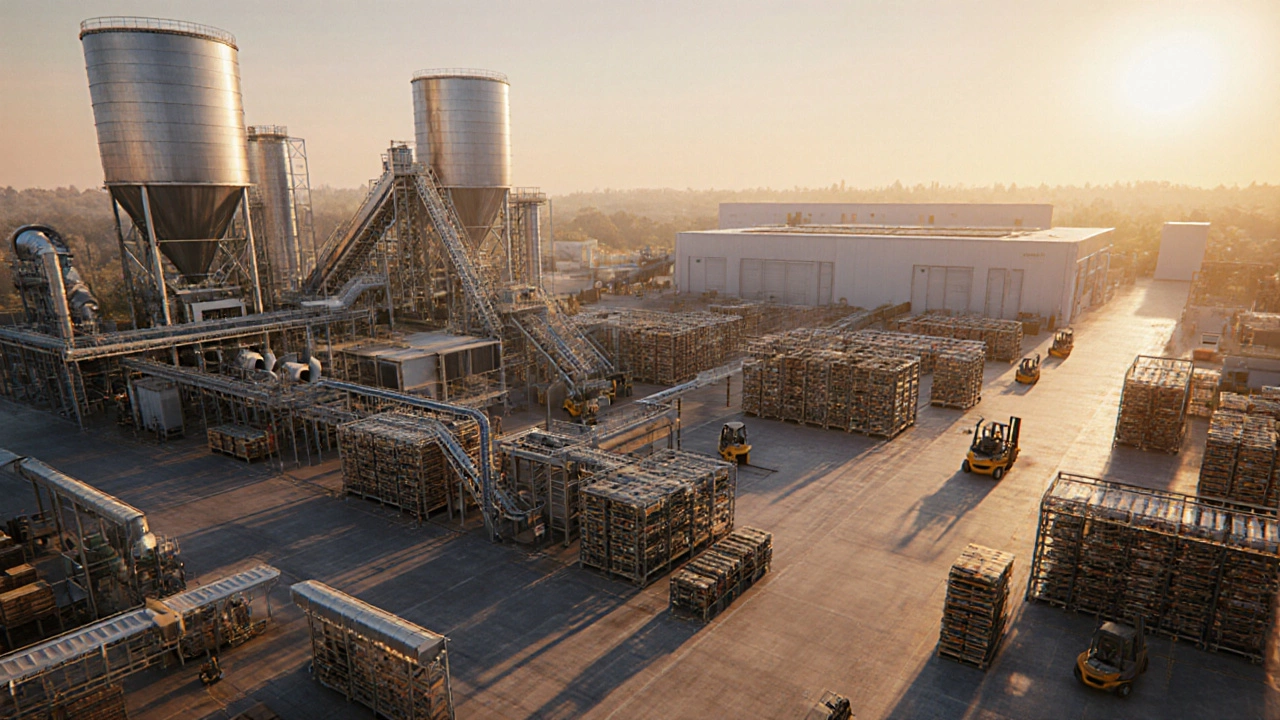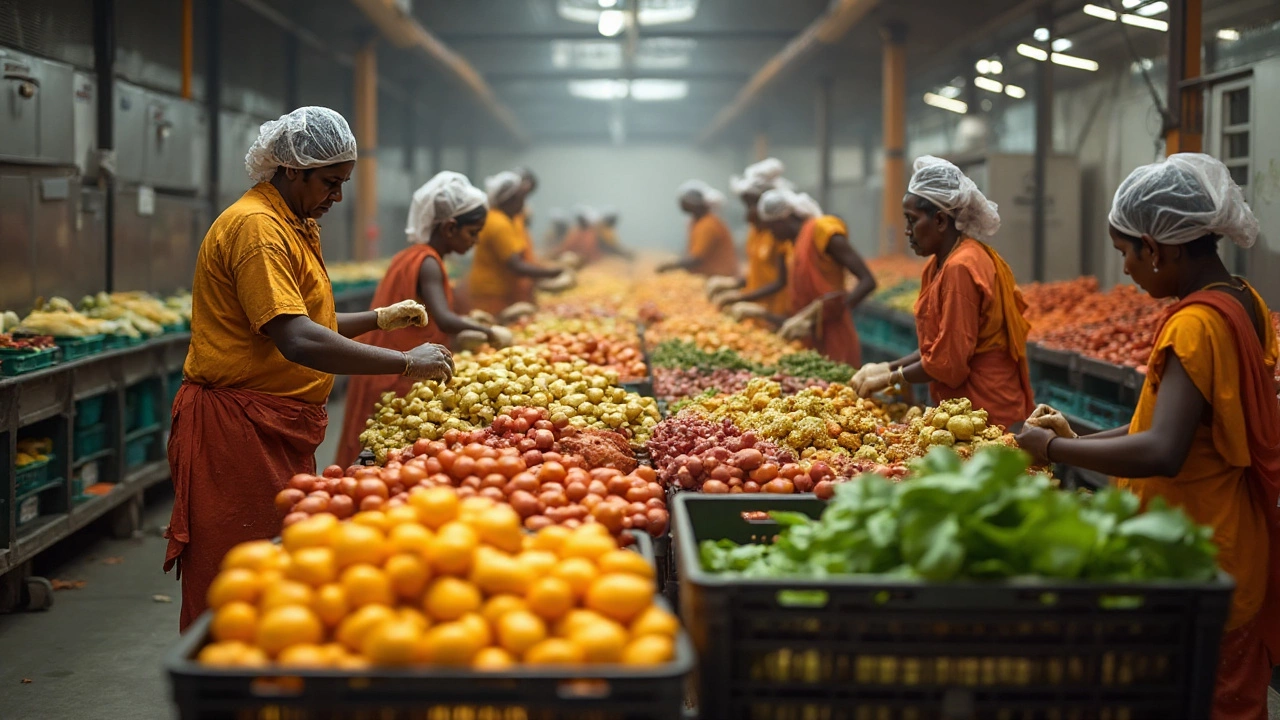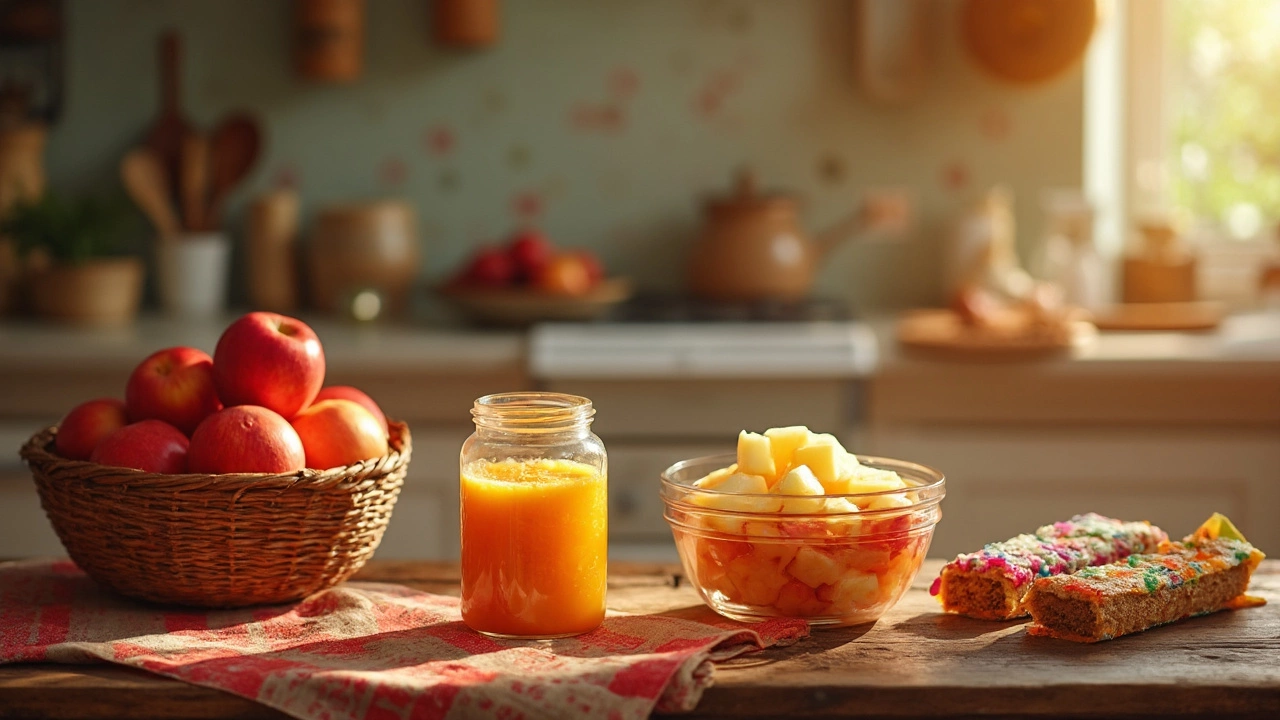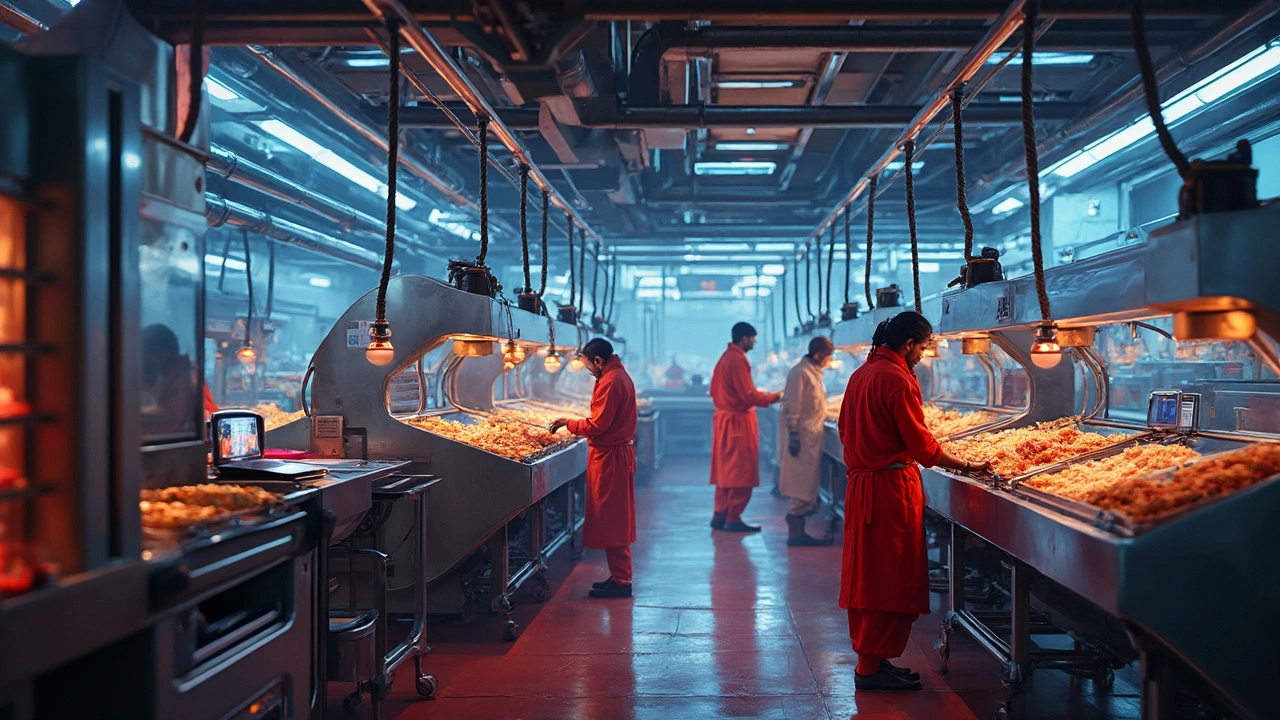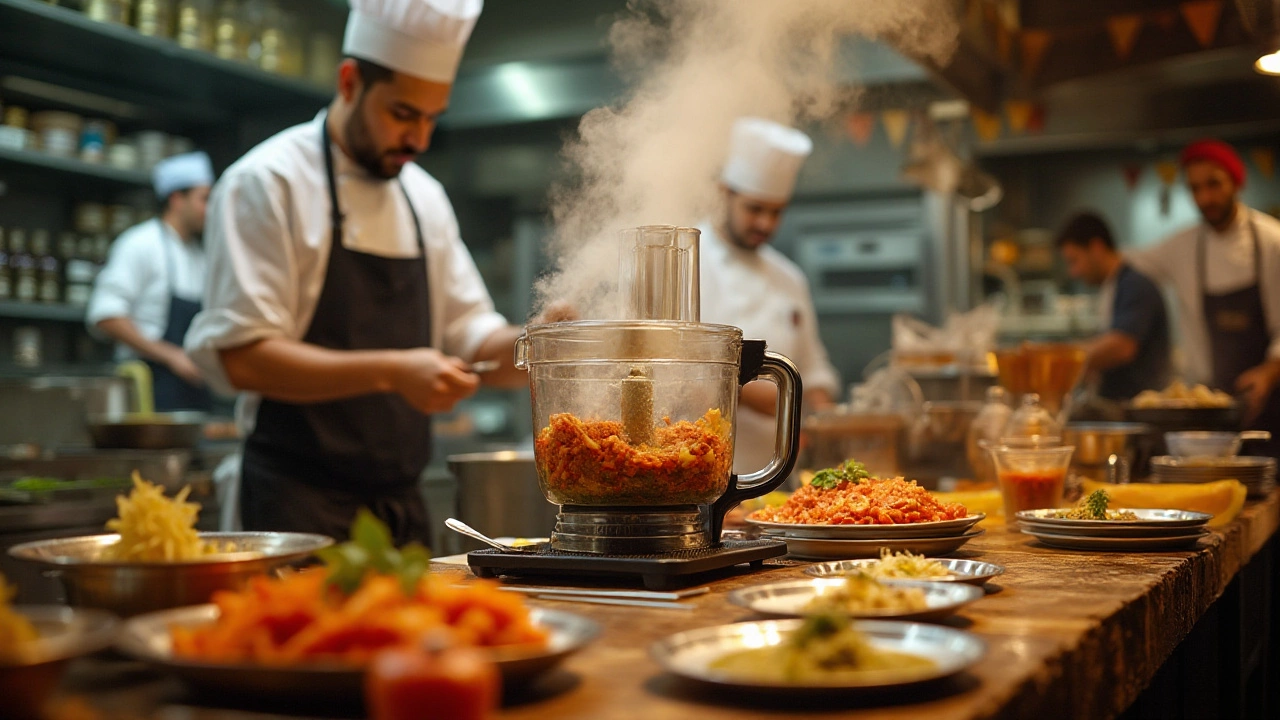- Why Small Scale Businesses Fail: Top Reasons Nobody Tells You Jun 23, 2025
- What is the biggest plastic producer company in the world? Oct 28, 2025
- US Manufacturing Rankings: Where Do They Stand? Mar 20, 2025
- Who Is the World’s Manufacturing Capital? A 2025 Deep Dive Oct 22, 2025
- Top Profitable Food Processing Business Ideas Nov 24, 2024
Food Processing Made Simple: What You Need to Know
Ever wonder how a fresh apple turns into a snack bar or why some foods taste the same year after year? It all comes down to food processing. In plain terms, processing is any step that changes a food from its raw state to something you can eat, store or sell. From washing and cutting to pasteurizing and freezing, each step adds value and safety.
Understanding these steps helps you pick the right partner for your product. It also lets you spot opportunities, whether you’re a farmer, a startup, or a big factory looking to upgrade. Below we break down the main parts of food processing and share quick tips you can use right now.
Key Areas in Food Processing
The food industry isn’t a single block; it’s a collection of fields like dairy, beverages, meat, frozen foods, snacks and more. Each field has its own set of challenges and tech. For example, dairy relies heavily on pasteurization – a unit process that kills bad bacteria without changing taste. Beverages often need carbonation and preservation methods that keep flavor stable for months.
Processing also comes in four clear levels: minimal (washed and cut), basic (cooked or canned), moderate (added sugars, salts, oils) and ultra‑processed (ready‑to‑eat meals, snack bars). Knowing which level your product sits at guides everything from labeling to shelf‑life planning. It’s the difference between marketing a fresh salad and a packaged breakfast bar.
Technology plays a big role too. Modern plants use smart controllers, often called CPUs or food processing units, to manage temperature, timing and safety checks. These units may run on different types of ROM memory, which affects how reliably they store recipes and run audits. Choosing equipment with the right ROM type can cut downtime and keep product quality consistent.
Tips for Choosing the Right Processing Partner
First, match the partner’s expertise to your product’s level. If you’re making a simple frozen veggie mix, a plant that specializes in basic freezing will be cheaper and faster. For ultra‑processed snacks, look for a facility with advanced blending, extrusion and packaging lines.
Second, ask about their unit processes. Do they have certified pasteurization lines? What kind of quality checks are built into the system? A transparent partner will show you process maps and even let you watch a batch run.
Third, consider scalability. Many startups begin with a small contract run and then expand. Pick a company that can grow with you, offering everything from pilot batches to full‑scale production without forcing you to change suppliers.
Finally, think about the bottom line. Profitable food processing ideas often target niche markets like gluten‑free snacks, plant‑based dairy alternatives or ready‑to‑heat meals. These segments have higher margins because consumers are willing to pay a premium for convenience and health benefits.
By keeping these points in mind, you’ll be better equipped to navigate the food processing world, whether you’re launching a new product or looking to improve an existing line. The right knowledge and partner can turn a raw ingredient into a market‑ready success story.
What Are the Most Demanded Processed Foods in 2025?
- Aarav Sekhar
- Nov 11, 2025
Discover the top five most demanded processed foods in 2025, why they're selling out, and how to pick healthy options. Learn what's changing in food processing and what to avoid.
Food Processing Unit Classification: Types and Examples
- Aarav Sekhar
- Oct 25, 2025
Learn how food processing units are classified into primary, secondary and tertiary stages, plus thermal, mechanical, biochemical and packaging sub‑categories.
The 5 Essential Stages of Food Processing Explained
- Aarav Sekhar
- Oct 12, 2025
Discover the five core stages of food processing, from raw ingredient handling to packaging, with clear explanations, examples, and practical tips.
Food Industry Units Explained: Types, Functions & Key Metrics
- Aarav Sekhar
- Oct 8, 2025
Explore the main units of the food industry-processing, packaging, distribution, retail, and more-plus their functions, key metrics, and optimization tips.
Most Processed Foods: Surprising Facts and Their Global Impact
- Aarav Sekhar
- Aug 6, 2025
Discover which food owns the title for most processed, how it's made, and how it shapes diets worldwide. See surprising details and expert opinions.
Diverse Fields of Food Processing: Key Sectors and Innovations Explained
- Aarav Sekhar
- Aug 3, 2025
Explore every corner of food processing—preservation, dairy, beverages, frozen foods, meat, snacks, and cutting-edge tech. Get real-world insights and tips that actually matter.
Food Processing Levels: The 4 Main Stages Explained
- Aarav Sekhar
- May 11, 2025
Not all processed foods are created equal—there are four clear levels of food processing. This article walks you through these stages, showing what really happens from farm to fork. You'll get practical tips for spotting each level and learn why it matters for health and taste. From fresh apples to breakfast bars, find out where your food stands. Understanding this can help you make smarter eating choices every day.
Understanding Unit Processes in Food Processing
- Aarav Sekhar
- Mar 31, 2025
Unit processes are essential building blocks in food processing, each involving a specific chemical or physical operation. A common example is pasteurization, a technique used to kill harmful bacteria in products like milk without affecting the taste. Knowing more about these processes helps in understanding how food transitions from raw materials to something ready for our tables. With tips and interesting facts, this article sheds light on the nitty-gritty of these processes, ensuring safe and quality food production.
Discovering 3 Essential Types of ROM in Food Processing
- Aarav Sekhar
- Mar 5, 2025
Understanding the types of ROM (Read-Only Memory) in food processing units is crucial for optimizing operations in the industry. These ROM types play a significant role in managing machine instructions and data essential for food production machinery. This article explores the three main types of ROM used in food processing units and their distinct functionalities. Readers will learn how each type impacts efficiency and productivity in food production settings. The article offers insights into practical applications and tips for selecting the right ROM for various processing needs.
Top 3 Alternative Names for Food Processing Units (CPUs)
- Aarav Sekhar
- Feb 24, 2025
When it comes to food processing units, also known as CPUs, there’s more to know than just the name. In the food industry, these units are often referred to by various terms. Understanding these alternative names can help you navigate the kitchen appliance market more efficiently. This article explores three other common names for these essential food processing tools.
Daily Earnings of Food Trucks: Insights and Tips
- Aarav Sekhar
- Jan 20, 2025
Food trucks have become an integral part of the modern culinary scene, offering diverse and tasty meals on the go. Understanding the potential earnings of food trucks is crucial for aspiring entrepreneurs looking to enter this exciting market. The daily revenue of a food truck can vary significantly based on factors such as location, menu, and customer flow. This article explores the financial dynamics and offers practical advice for those interested in joining the street food industry.
Why Restaurants Rely on Food Processors for Efficiency
- Aarav Sekhar
- Dec 24, 2024
Food processors have become indispensable in restaurant kitchens for their ability to streamline food preparation and enhance efficiency. These versatile machines chop, slice, blend, and puree ingredients with precision, saving time and labor. This article explores the various applications of food processors in professional kitchens and their impact on food quality. Discover how this essential tool supports chefs in delivering consistent culinary experiences.
